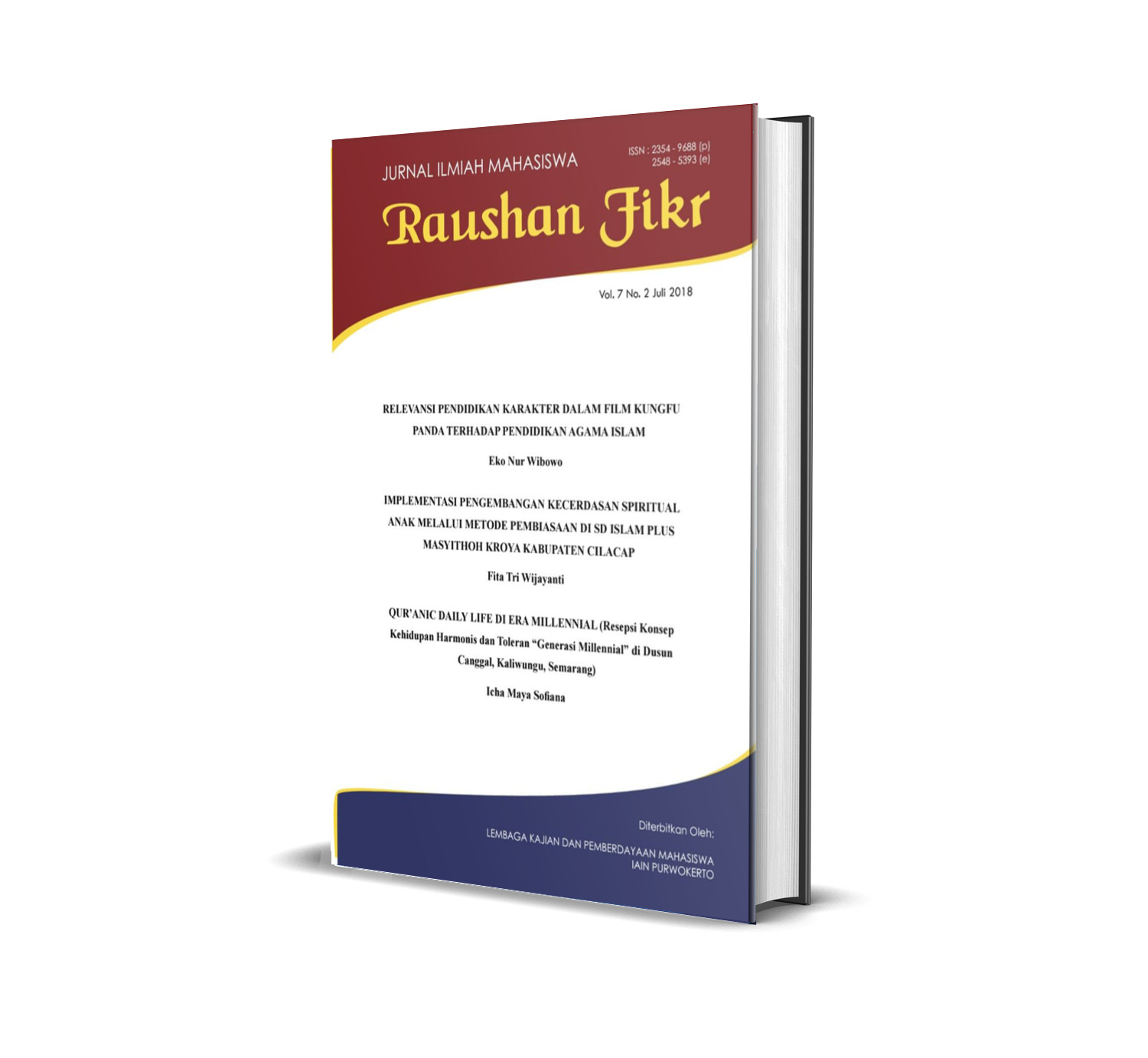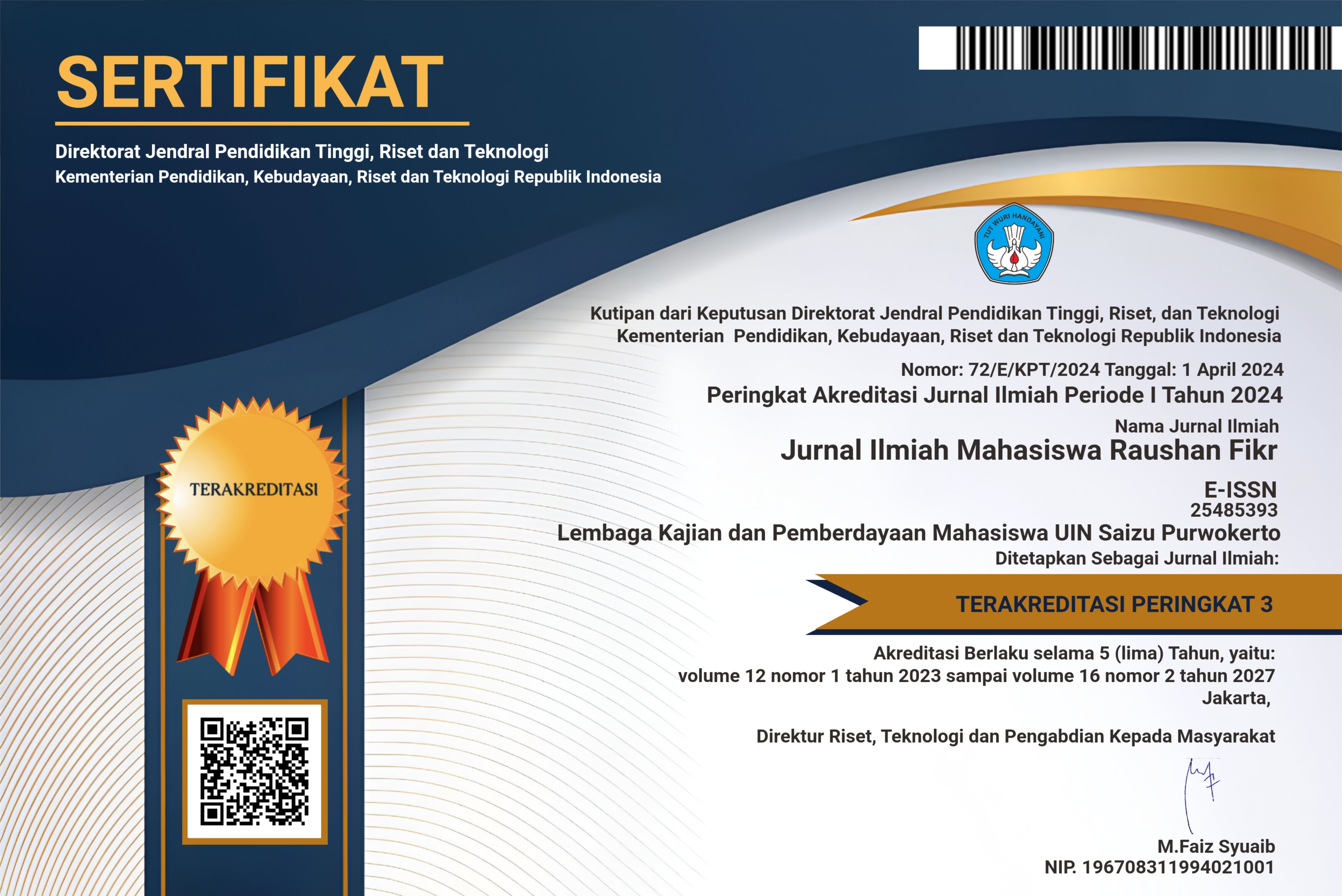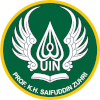KONTEKSTUALISASI MAKNA LA (JANGAN) DALAM QS.LUQMAN/31: 13 DALAM MENDIDIK ANAK
DOI:
https://doi.org/10.24090/jimrf.v7i2.2525Keywords:
Makna LÄ, Anak, Kontekstual, QS. LuqmÄn/ 31:13Abstract
Wikan Putri Larasati, M.Psi, from the Tangerang Castra Psychology Bureau, a pediatric psychologist, advised parents to avoid the word "no" or "no" when prohibiting children. The reason is, children have the potential to imitate saying "no" or "no" when asked to do something. In contrast to LuqmÄn al-Hakim who use the word do (lÄ) found in QS. Luqman / 31: 13 to signify the prohibition of associating partners with Allah Almighty. to his child. Of course this is contrary to what is stated by psychologists and parenting about the use of the word "do not" in educating children. This research method uses literature study which is presented in descriptive form. This study aims to harmonize the understanding of psychologists and parenting the use of the word "lÄ" in QS. Luqman / 31: 13 by using contextual understanding of verses. Based on studies of various literature, it can be concluded that the use of the word "do not" as stated by psychologists and parenting applies when the child is still in the process of knowing the definition of what is forbidden, while the use of the word "no" in QS. LuqmÄn / 31:13 applies to children who have been blessed or have known what is right and bÄtil. Keywords: Meanings of LÄ, Children, Contextual, QS. Luqman / 31:13Downloads
References
Ahmad, Arifuddin. Metodologi Pemahaman Hadis. Cet. II; Makassar: Alauddin University Press, 2012.
Al-Maragi, Ahmad Mustafa. Tafsir Al-Maragi, terj. Bahrun Abubakar, dkk., Tafsir al-Maragi. Juz 21. Semarang: PT. Karya Toha Putra, 1974 M.
Ath-Thuri, Hanna Athiyah. Mendidik Anak Perempuan di Masa Kanak-Kanak. Cet. I; Jakarta: Amzah, 2007.
Hidayatulloh, Agus. dkk., AL-JAMIL: Al-Qur’an Tajwid Warna, Terjemah Per Kata, Terjemah Inggris. Jawa Barat: Cipta Bagus Segara, 2012.
Katsir, Ibnu. Luba>but Tafsi>r Min Ibni Katsi>r, terj. Abdullah bin Muhammad, Tafsir Ibnu Katsir, Jil. 6. Bogor: Pustaka Imam asy-Syafi’I, 2004.
Munawwir, Ahmad Warson. Kamus al-Munawwir Arab-Indonesia Terlengkap. Cet. XIV; Surabaya: Pustaka Progressif, 1997.
Rachman, Rasid. Pengantar Sejarah Liturgi. Tangerang: Bintang Fajar, 1999.
Shihab, M. Quraish. Tafsir al-Misbah: Pesan, Kesan dan Keserasian al-Qur’an, Vol. X. Cet. V; Jakarta: Lentera Hati, 2002.
Sukmadinata, Nana Syaodih. Landasan Psikologi Proses Pendidikan. Cet. V; Bandung: PT Remaja Rosdakarya Offset, 2009.
Ulwan, Abdullah Nashih. Pendidikan Anak Menurut Islam: Kaidah-Kaidah
Dasar. Cet. I; Bandung: PT Remaja Rosdakarya, 1992.
Undang-Undang RI No. 23 Tahun 2002. Tentang Perlindungan Anak. Bandung: Citra Umbara, 2006.
Downloads
Published
How to Cite
Issue
Section
License
Authors who publish with this journal agree to the following terms:
- Authors retain copyright and grant the journal right of first publication with the work simultaneously licensed under a Creative Commons Attribution-NonCommercial-ShareAlike 4.0 International License that allows others to share the work with an acknowledgement of the work's authorship and initial publication in this journal.
- Authors are able to enter into separate, additional contractual arrangements for the non-exclusive distribution of the journal's published version of the work (e.g., post it to an institutional repository or publish it in a book), with an acknowledgement of its initial publication in this journal.
- Authors are permitted and encouraged to post their work online (e.g., in institutional repositories or on their website) prior to and during the submission process, as it can lead to productive exchanges, as well as earlier and greater citation of published work (See The Effect of Open Access).
















